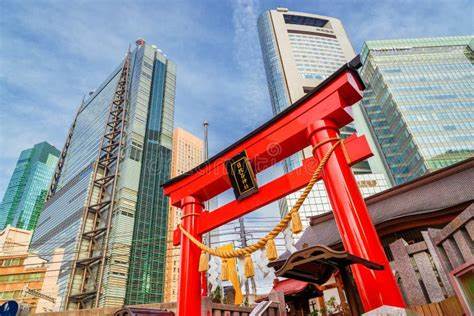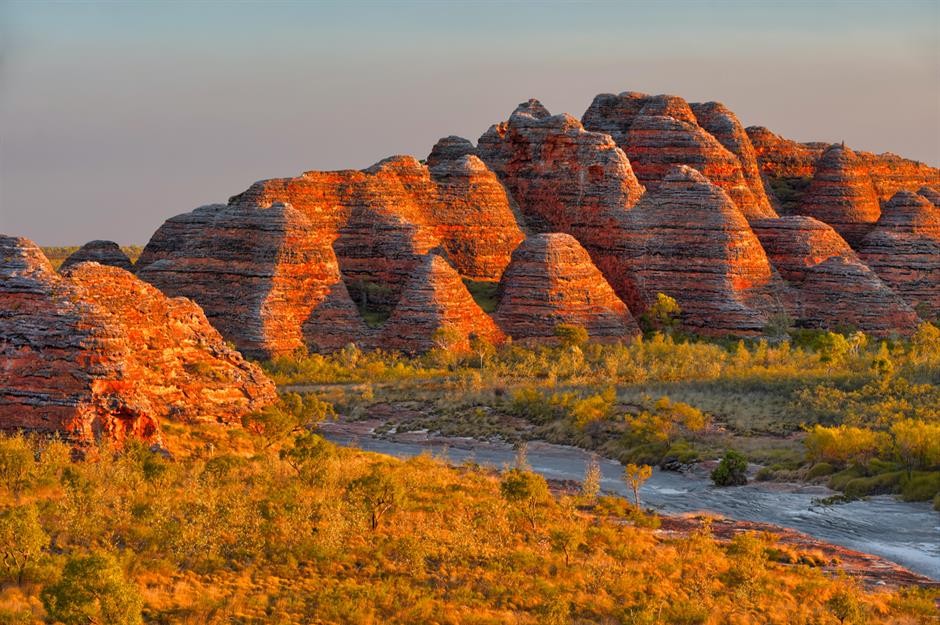Japan is a country that effortlessly blends ancient traditions with cutting-edge technology, creating an experience that is both timeless and futuristic. From the serene temples and gardens of Kyoto to the neon-lit streets of Tokyo, Japan offers a unique juxtaposition of tranquility and vibrancy. Whether you’re soaking in the beauty of cherry blossoms, savoring sushi at a street market, or taking in the grandeur of Mount Fuji, Japan provides travelers with unforgettable memories and endless adventures.
The best time to visit Japan depends on your preferences and the activities you’d like to experience. Spring (March to May) is undoubtedly the most popular season, especially for those wishing to witness the beauty of cherry blossoms, or sakura, in full bloom. The weather is mild and pleasant, making it ideal for outdoor exploration. Autumn (September to November) is equally magical, as the fall foliage transforms Japan’s landscapes into a kaleidoscope of vibrant reds and oranges. Summer (June to August) can be hot and humid, especially in cities like Tokyo and Kyoto, but it’s the season for lively festivals, including the famous Gion Matsuri in Kyoto and Tanabata celebrations. Winter (December to February) offers a quieter, colder experience, perfect for visiting hot springs or skiing in the Japanese Alps.
Japan is accessible through major international airports in cities such as Tokyo (Narita and Haneda Airports) and Osaka (Kansai International Airport). Domestic flights, as well as the famous Shinkansen (bullet train), make it easy to travel between cities, from the bustling streets of Tokyo to the cultural heart of Kyoto or the scenic beauty of Hokkaido. Public transportation in Japan is efficient, clean, and easy to navigate, with metro systems and buses serving most cities, while taxis and bicycles are also popular options for getting around.
Tokyo, Japan’s capital, is a dazzling metropolis where modernity and tradition coexist harmoniously. Visit the serene Meiji Shrine nestled in the heart of the city, or the bustling streets of Shibuya and Shinjuku, known for their neon signs, shopping, and entertainment. Don’t miss Asakusa, where you can explore the iconic Senso-ji Temple, one of Tokyo’s oldest and most important temples. For an exhilarating experience, visit the futuristic Odaiba district, home to shopping malls, futuristic architecture, and the teamLab Borderless digital art museum.
Kyoto, once the capital of Japan, is the epitome of traditional Japan, with its numerous ancient temples, shrines, and beautiful gardens. The Fushimi Inari Shrine, with its thousands of vermillion torii gates, is one of Kyoto’s most famous landmarks, offering visitors a mystical experience as they walk up the mountain to its peak. Kinkaku-ji, the Golden Pavilion, is another iconic sight, its reflective pond adding to the tranquility of this Zen Buddhist temple. Kyoto is also known for its geisha culture, and a visit to the Gion District gives you a glimpse of these elegant women in traditional kimono as they hurry to their appointments.
Osaka, Japan’s third-largest city, is a bustling urban hub known for its food, shopping, and nightlife. Dotonbori, a popular entertainment district, is famous for its neon signs, street food, and Glico Man sign. For food lovers, Osaka is considered the culinary capital of Japan, offering famous dishes like takoyaki (octopus-filled dough balls) and okonomiyaki (savory pancakes). Osaka Castle, with its beautiful surrounding gardens, is a must-visit for those interested in Japan’s history and architecture.
Japan’s natural beauty is equally as impressive as its cities. Mount Fuji, the country’s tallest peak, is a symbol of Japan and an iconic sight. Hiking to the summit is a popular activity during the summer months, while the surrounding areas of Fujigoko (Five Lakes of Fuji) offer beautiful views and activities year-round, such as hiking, boating, and hot spring resorts. Hokkaido, the northernmost island of Japan, is famous for its natural hot springs, skiing resorts, and the stunning Niseko ski area, known for its light, powdery snow. For a more relaxing experience, visit Hakone, a famous hot spring town near Tokyo, known for its views of Mount Fuji and traditional ryokan accommodations.
Japan’s culinary scene is as diverse as its landscape. Sushi, of course, is one of Japan’s most famous dishes, and sushi restaurants can be found in every city, from conveyor belt sushi joints to high-end omakase experiences. Ramen is another beloved dish, with regional varieties found throughout the country, such as the rich, tonkotsu ramen from Fukuoka or the miso ramen from Hokkaido. Don’t miss tempura, battered and fried vegetables and seafood, or katsu, breaded and fried pork or chicken cutlets served with rice. For dessert, enjoy mochi, matcha-flavored sweets, and the ubiquitous Japanese cheesecake, which is lighter and fluffier than the Western version.
When visiting Japan, be sure to pack for varying weather conditions, as the climate can range from humid summers to cold winters. Comfortable walking shoes are essential for exploring cities and hiking in nature, especially if you plan to visit areas like Nara Park or Kamikochi. If you plan to visit religious sites, it’s important to dress modestly, and some temples may require you to remove your shoes.
Japan is a country that consistently surprises and delights its visitors. Its seamless blend of ancient traditions and cutting-edge technology creates an atmosphere that is both peaceful and electrifying. Whether you’re savoring a bowl of ramen, soaking in a hot spring, or standing atop Mount Fuji as the sun rises, Japan offers experiences that stay with you long after you leave. With its friendly locals, rich culture, and unforgettable landscapes, Japan is a destination that should be on every traveler’s bucket list.






